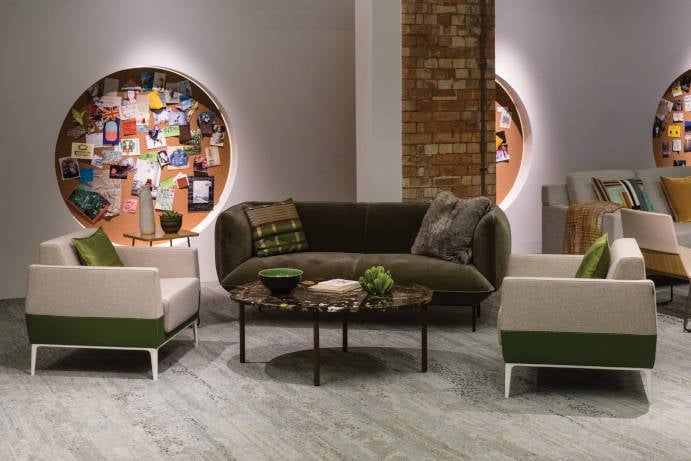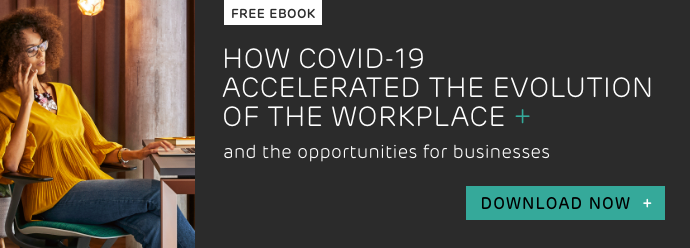How can you help your people thrive in their work? How can you help their creativity flourish?
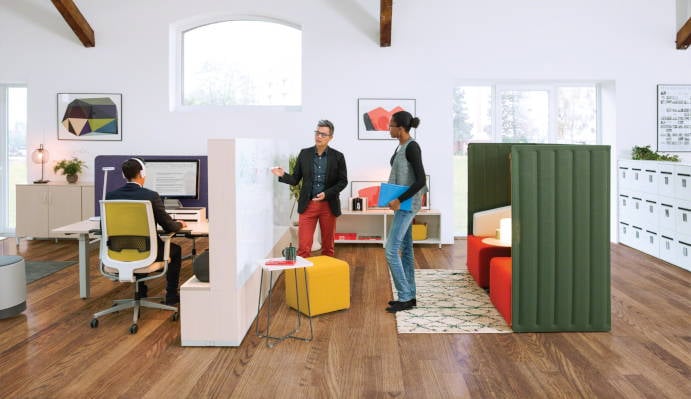
What does it mean to increase productivity in the workplace?
In the industrial past increasing productivity in the workplace was all about optimising time and motion; helping individuals repeat a single task of manufacture in the minimum number of steps at the maximum possible speed.
In the last two hundred years, though, the nature of the tasks most of us are required to perform at work has radically changed.
The value of companies in today’s knowledge economy is mostly generated from intangible assets such as software and intellectual property, assets that are conceived and maintained through employees’ capabilities and knowledge. These intangible assets drive innovation.
So, if innovation is the critical output of the modern workplace - then the spaces we inhabit must be optimised for its production.
Losing the factory mentality
But they’re not. The mentality and measurements of the factory floor still persist in much of our corporate thinking. Steelcase research shows that in spite of revolutions in flexible and agile working, employees are invariably tied to a single work station with fixed-line technology for most of the day.
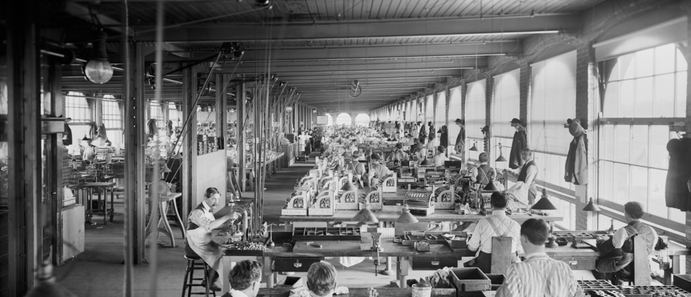
Meanwhile, many managers tend to equate presence with productivity; 'watching over' teams within a command and control structure centred around the office.
But the latest research demonstrates that in the modern workplace productivity can’t be extracted through increased management oversight and prescriptive working conditions.
Instead, it is born of the interplay between workplace culture and design. A culture that empowers a self directing workforce - and a design that liberates us to perform at our best.
As the US Department of Labour puts it:
“Productive workplaces are built on teamwork and a shared vision of where a business is heading… a willingness at all levels to keep learning and investing in those processes”.
The modern workplace makes us productive by stimulating our desire to contribute more to a company, supporting our ability to add value through transformative, creative thought.
Here are 4 ways to maximise productivity in the modern office
Design for comfort
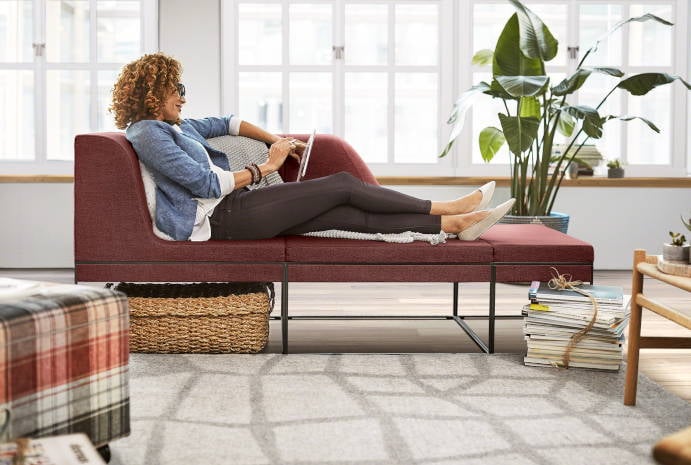
Comfort doesn’t have to mean luxury.
Comfort can mean ease - the ability to focus without strain.
Industrial time and motion studies once showed how workers could fulfil specific tasks of manufacture faster and more seamlessly. Comfort was required only in so far as it facilitated the volume of output and the speed with which it could be achieved. It didn’t matter if an individual’s capacity to work in this way was finite, since workers were replaceable and these tasks were designed to be done by anyone in exactly the same way.
In the knowledge economy, the individual is the asset and respected as uniquely valuable. The comfort of workers is required to improve thought, as well as the quality of their interactions and innovation over time.
Comfort supports wellbeing that in turn supports greater employee engagement and higher quality of work. When we are comfortable we can focus on particular tasks for longer periods - our tendency to burn out is likewise reduced.
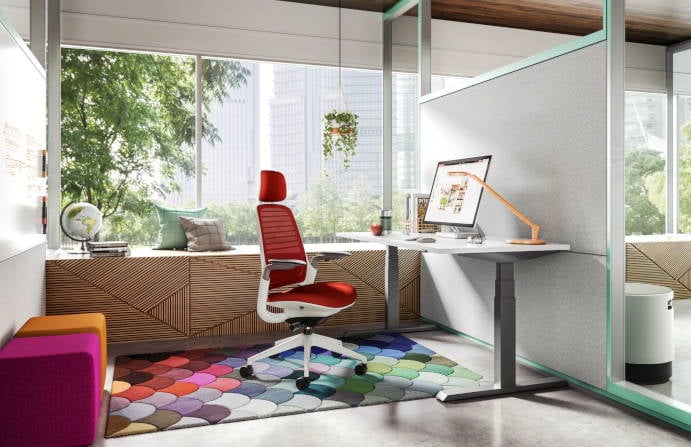
Keyboards and monitors, desks and chairs are the tools of the modern workplace. Badly designed and incorrectly used over long periods of time they can lead to painful and debilitating conditions. Adopting uncomfortable, enforced and unvaried working postures restricts free-thinking and reduces our ability to concentrate.
Adjustable task chairs, mobile technology, sit/stand and height adjustable desks, are all solutions which can help employers design healthier more comfortable offices - conditions that can produce more - and more innovative - output. For example, research from the University of Loughborough has shown that the freedom to stand and move around while working improves worker wellbeing and the quality of output exponentially
Design for Creativity
In the modern office, creativity is productivity. The currency of the knowledge economy is disruptive thought, finding creative responses to old commercial problems, developing new ways of thinking.
The creative office should stimulate innovative thought through every element of its design. From the art on its walls, to the way it allows individuals to personalise the spaces where they work.
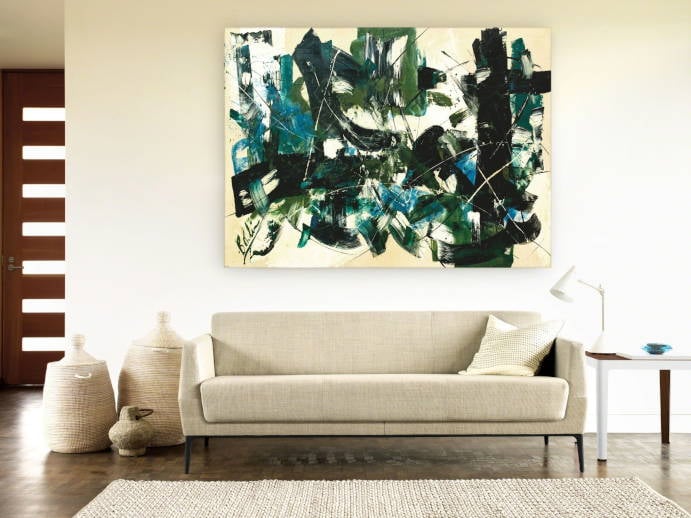
The sociologist Tracy Brower has identified other ways in which office design can promote a creative culture in the workplace - facilitating different energies and making innovation possible everywhere at every level:
- Creative workplaces should be welcoming and emotionally engaging
- Creative workplaces should provide opportunities for people to be immersed in a problem - and also to get away from it for distance, incubation and reflection.
- Creative workplaces should provide equal access to tools, technology and the space to get tasks done in multiple ways.
Design for Voice and Choice
A recent article in the Havard Business Review has shown how the most successful companies retain their ‘soul’; the unique creative spirit responsible for powering the profound burst of productivity which led to their initial inception and growth.
It’s this ‘soul’ that inspired people to contribute their talent, money, and enthusiasm to build a business from nothing. It is this spirit that fostered the deep sense of connectedness and mutual purpose which first defined a thriving company.
As businesses grow and formalise their structures, however, they risk losing this spirit of connectedness, the energy and creative indefatigability of the people who work within them.
Author of the study, Ranjay Gulati argues that, even as the size and scale of the enterprise moves beyond that of a start-up, this soul can still be retained through giving greater ‘choice and voice’ to their workers.
Design can be a powerful way to echo the more frictionless practices and connected workplaces of the start-up that serve to empower and drive workers productivity.
‘Voice’ is about the ability of all team members to express themselves and be heard within a workplace, designing meeting and group workspaces to facilitate contributions from all.
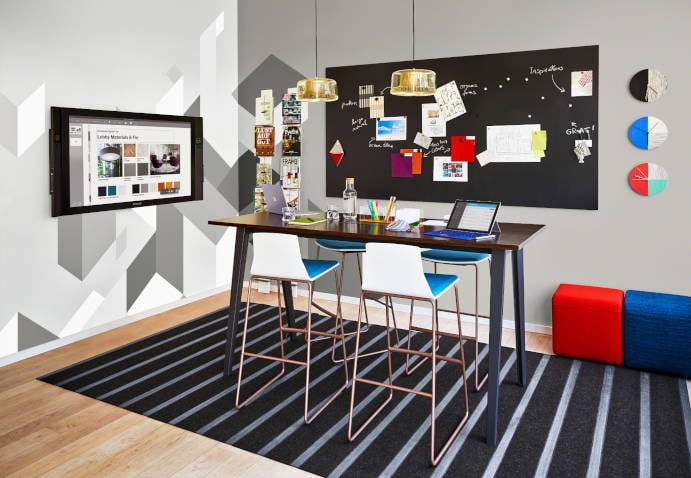
'Choice’ is about the individual and team ability to create the working spaces and practices that they can thrive in.
Workspaces designed to support Agile, purposefully optimise for the dynamic flow of a team listening and responding to each other in real-time.
In the meeting room where daily stand ups are held - plenty of vertical real estate supports learning, listening and purposeful interaction. Analog and digital displays ensure the team see the big picture while allowing them to curate and take ownership over tracking progress.
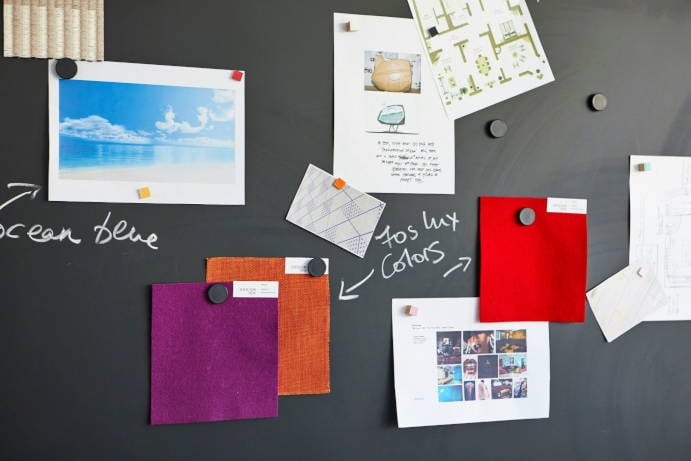
Standing and perching postures facilitate speed and attentiveness - the SCRUM Room vibe promotes an active, directional energy designed to quickly define and ignite the next set of activities. Avoid distractions by having this space away from the main working area.
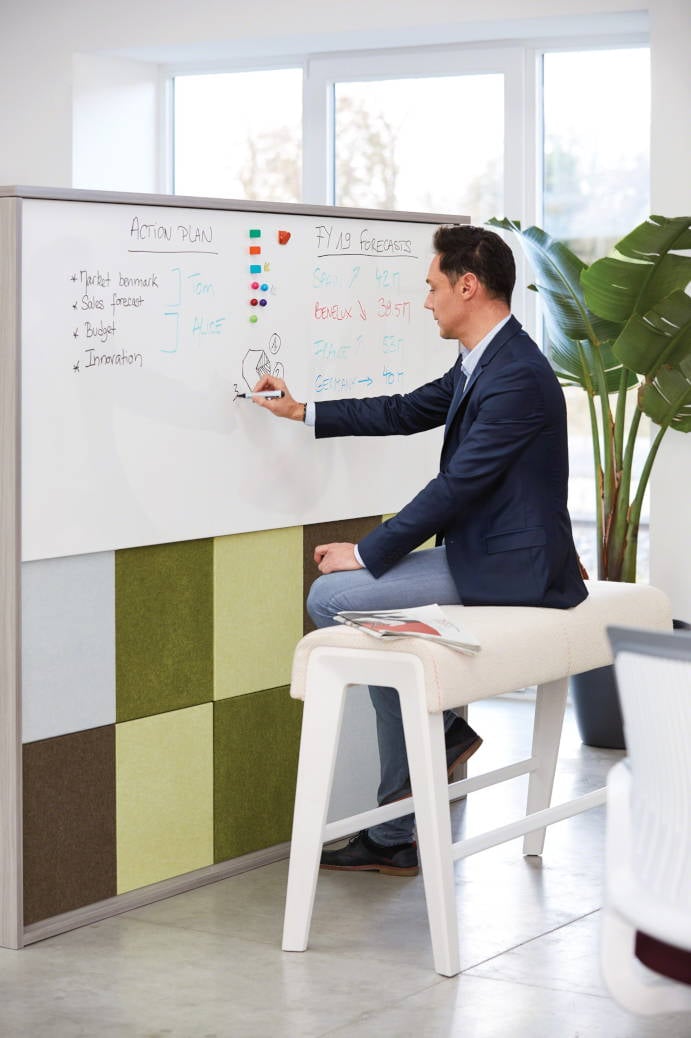
Moveable screens and flexible furniture can assist transitions -they can help the team redefine and reconfigure the space they work in to reflect their needs and priorities.
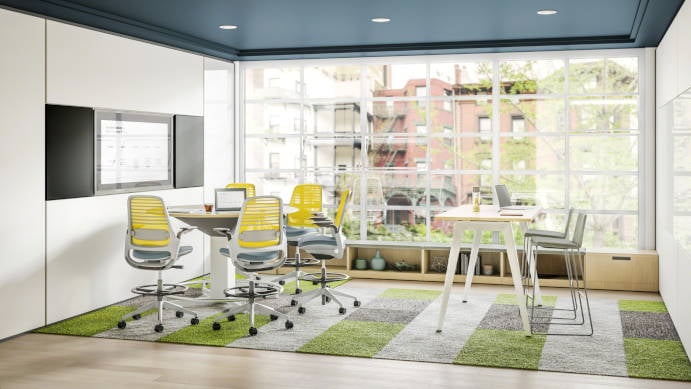
Creating a culture of productivity
Put simply:
“Productivity is the ratio of the output of goods and services to the labour hours devoted to the production of that output’
But the way in which innovative output is increased against hours worked, is not by forcing more work out of less people within ever more prescriptive parameters.
Instead, research shows that cross functional, agile teams, working freely together with a shared vision of success - are more likely to find the flow and velocity they need to increase productivity and innovation.
In its most dynamic form, productivity is self-directing, self-sustaining and supported by great, human-centred workplace design.






